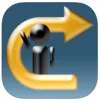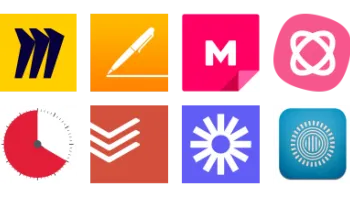Take a look inside 4 images
Smart Seat
Pros: Photo and note features help teachers learn about students; attendance feature helps teachers take and track attendance.
Cons: Some layouts may not be supported; setup may take a while.
Bottom Line: Teachers can easily create seating charts, build cooperative learning groups, and track student attendance to help with classroom management.
If teachers want Smart Seat to be effective, they must be intentional about the seating charts they create. They can do this by inserting notes about where students like to sit and who they can and cannot sit by, and designing seating charts with those notes in mind. Teachers can also use it to intentionally put students into groups, arranging them based on their strengths and weaknesses and encouraging them to move beyond their comfort zones and work with new people.
Rather than writing out seating charts on paper or painstakingly trying to put students into groups, teachers can use Smart Seat. Classes can be set up student by student or uploaded by adding student names from a .txt file. Once names are added, teachers can add additional information, including taking pictures of individual students to make them easier to recognize or writing notes about students to add to their profiles. When it comes to creating seating charts, teachers pan up, down, left, and right to determine the number of rows, the number of columns, and the total number of seats. For more complex seating arrangements, they can simply tap on seats to make them disappear.
However, teachers can do more than just create seating charts. When it comes time to create groups, they can quickly organize student names into the desired number of groups. Every day, teachers can also quickly take attendance by marking students present, absent, excused, or tardy, and generate reports to see attendance records for the entire class and individual students. With the random feature, teachers also can have the app select a student's name at random to complete a task or answer a question.
When teachers intentionally place students in the classroom, they have the opportunity to improve how students learn. Through the simple design, teachers can spend time creating ideal seating arrangements for students. The same can be done to create cooperative learning groups designed to maximize their learning. Once teachers create seating charts they like, they can track student attendance and stay on top of students who may be falling behind because of multiple absences or tardiness. When teachers must be absent, the pre-created seating chart accompanied by student photos and notes can help substitutes quickly take attendance and learn about students.











